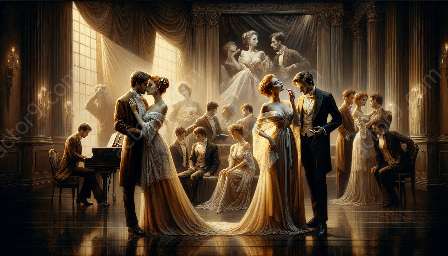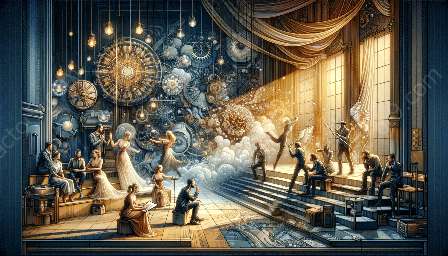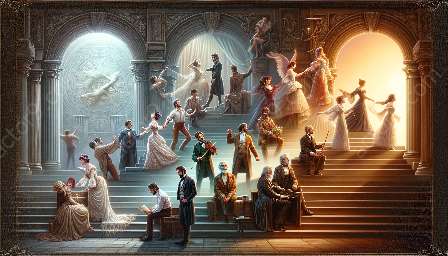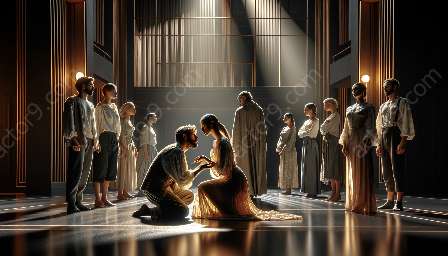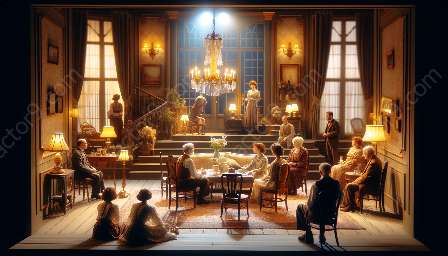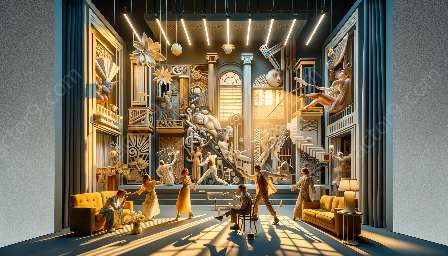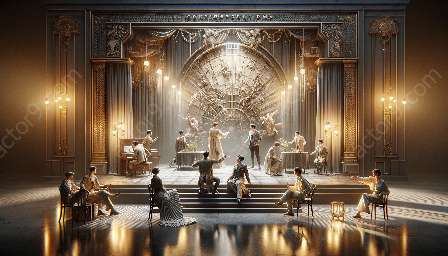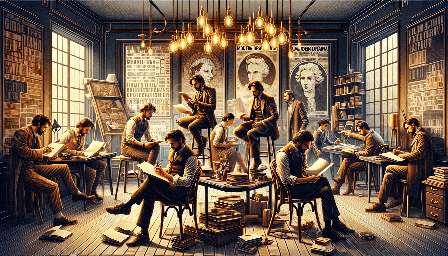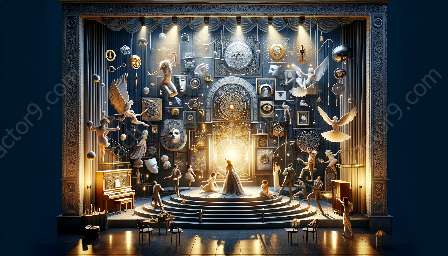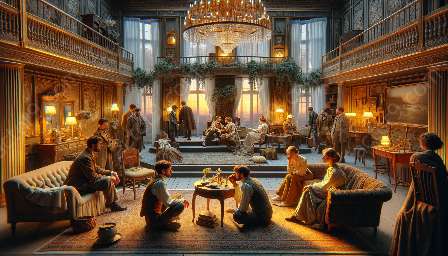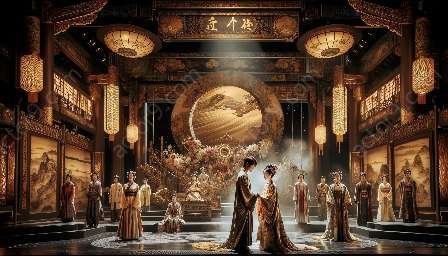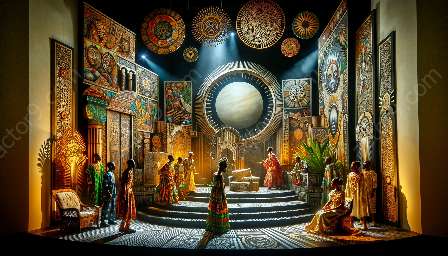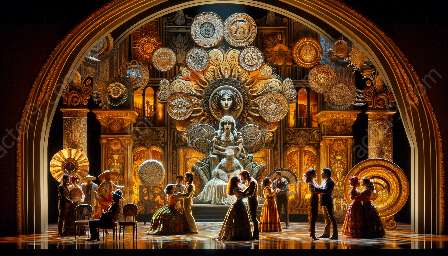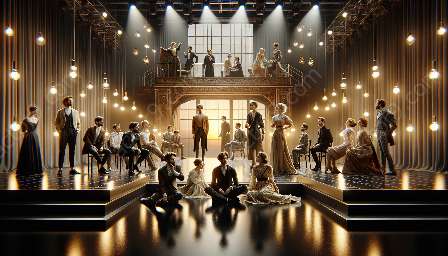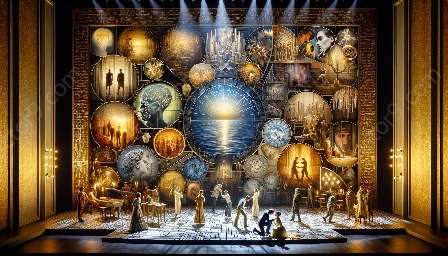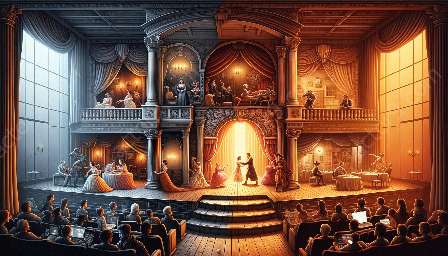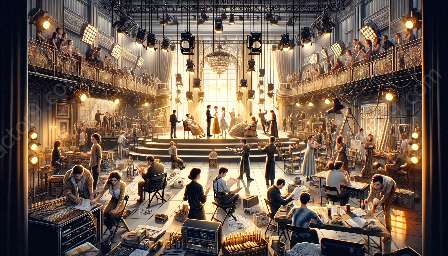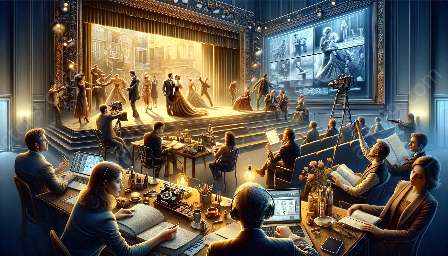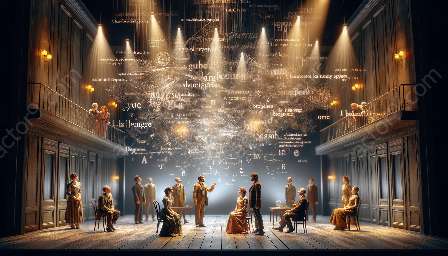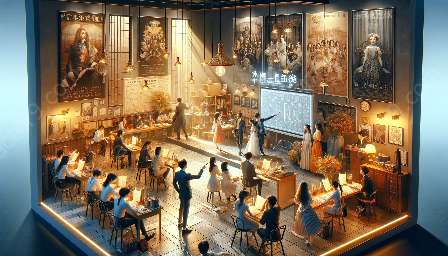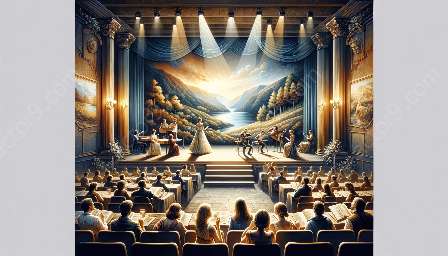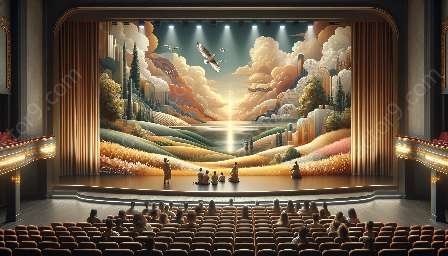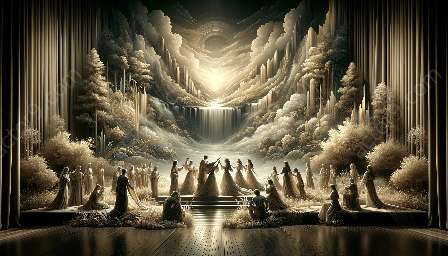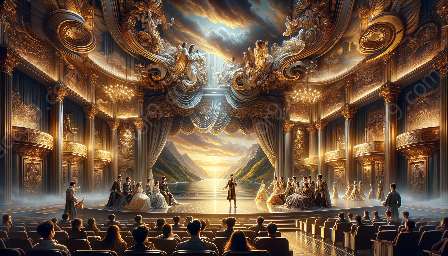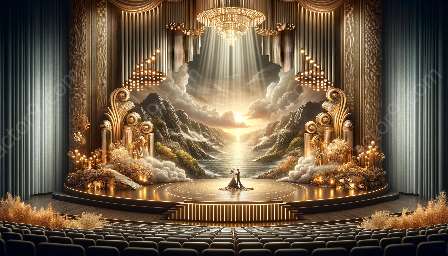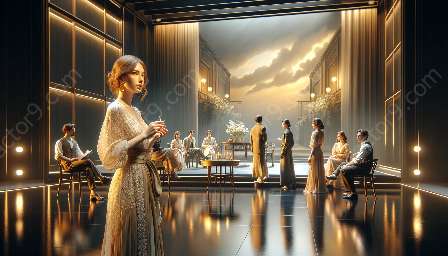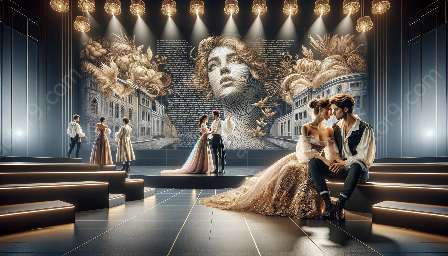Modern tragic themes in acting and theatre performances are conveyed through a variety of techniques that resonate with audiences and capture the essence of modern tragedy. While traditional tragic elements persist, modern drama has evolved to integrate contemporary issues and emotions, influencing the portrayal of tragic themes on stage. Through a nuanced exploration of characters, narratives, and stagecraft, actors and theatre practitioners bring modern tragedy to life in striking and impactful ways. Let's delve into the techniques commonly used to convey modern tragic themes and their compatibility with modern tragedy and drama:
1. Character Development and Psychological Realism
The portrayal of modern tragic themes often relies on rich character development and psychological realism. Actors delve deeply into the psyche of their characters, evoking authentic emotions and inner conflicts. This includes incorporating contemporary psychological theories and perspectives into the portrayal of characters, providing a modern lens through which tragic themes can be explored.
2. Blurring of Moral Boundaries
Modern tragedy often involves the blurring of moral boundaries, presenting complex ethical dilemmas that resonate with contemporary audiences. In acting and theatre performances, this is conveyed through the portrayal of morally ambiguous characters who struggle with modern societal challenges, ethical conflicts, and the consequences of their actions. By delving into these moral gray areas, actors and playwrights offer a modern interpretation of tragedy.
3. Nonlinear Narrative Structure
Modern tragic themes are effectively conveyed through non-linear narrative structures, reflecting the fragmented nature of modern life and storytelling. Theatre productions employ nonlinear timelines, juxtaposing past, present, and future events to underscore the complexities of tragic experiences and the impact of modernity on human existence. This technique challenges and engages audiences, encouraging them to grapple with the multi-layered nature of contemporary tragedy.
4. Incorporation of Technology and Multimedia
Modern theatre productions often integrate technology and multimedia elements to convey tragic themes with heightened impact. Through innovative staging, lighting, sound design, and digital projections, the fusion of technology and live performance captures the essence of modern tragedy. These tech-infused experiences provide audiences with a visceral and immersive understanding of tragic themes within a contemporary context.
5. Intersection of Social and Political Issues
Acting and theatre performances explore modern tragic themes by intersecting with prevalent social and political issues. By addressing topics such as inequality, discrimination, environmental crises, and societal upheaval, artists infuse their work with contemporary relevance. This intersection enables the portrayal of tragedies that resonate deeply with the audience's lived experiences and societal concerns.
6. Symbolism and Allegory
Modern tragic themes are conveyed through symbolism and allegory, transcending literal representations to evoke deeper emotional and intellectual responses. Actors and directors utilize symbolism to imbue each gesture, prop, and visual element with layered meanings, prompting audiences to reflect on the subtle nuances and metaphors embedded within the tragic narrative. This technique adds layers of complexity and interpretation to modern tragic performances.
7. Embracing Absurdism and Existential Angst
In portraying modern tragic themes, actors and theatre practitioners embrace elements of absurdism and existential angst, reflecting the uncertainties and absurdities of contemporary life. Through absurdist performances and explorations of existential dilemmas, artists illuminate the inherent tragedies of human existence in a modern context, inviting audiences to confront the fundamental absurdity of their experiences.
8. Deconstruction of Traditional Tragic Themes
Modern drama involves the deconstruction and reimagining of traditional tragic themes, challenging established norms and conventions. This technique allows actors and playwrights to confront and subvert expectations, offering fresh perspectives on tragedy in alignment with modern societal and cultural shifts. By dismantling traditional structures, modern tragic performances pave the way for innovative expressions of contemporary sorrow and loss.
These techniques collectively converge to form a compelling tapestry that conveys modern tragic themes in acting and theatre performances, aligning with the evolving landscape of modern tragedy and drama. By embracing the complexities of contemporary life, these techniques elevate the portrayal of modern tragedy, inviting audiences to engage with profound emotions, societal reflections, and existential inquiries through the power of live performance.

